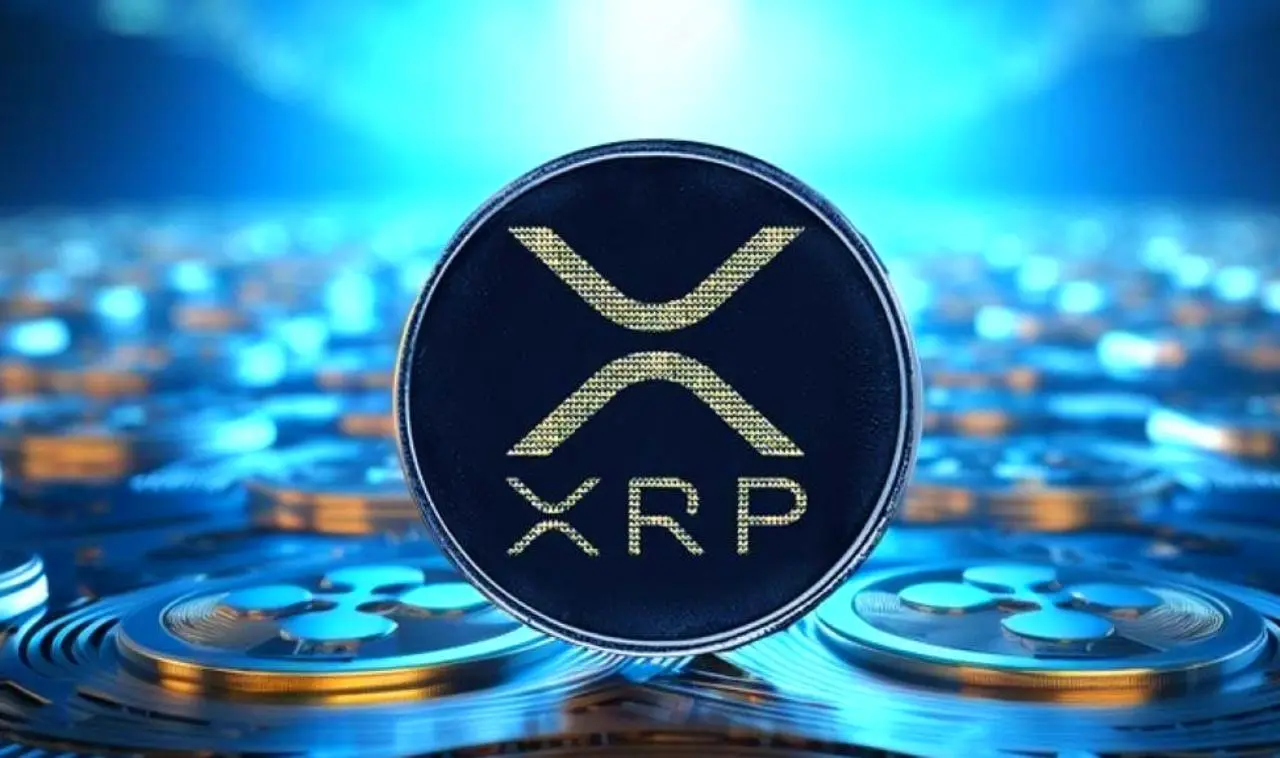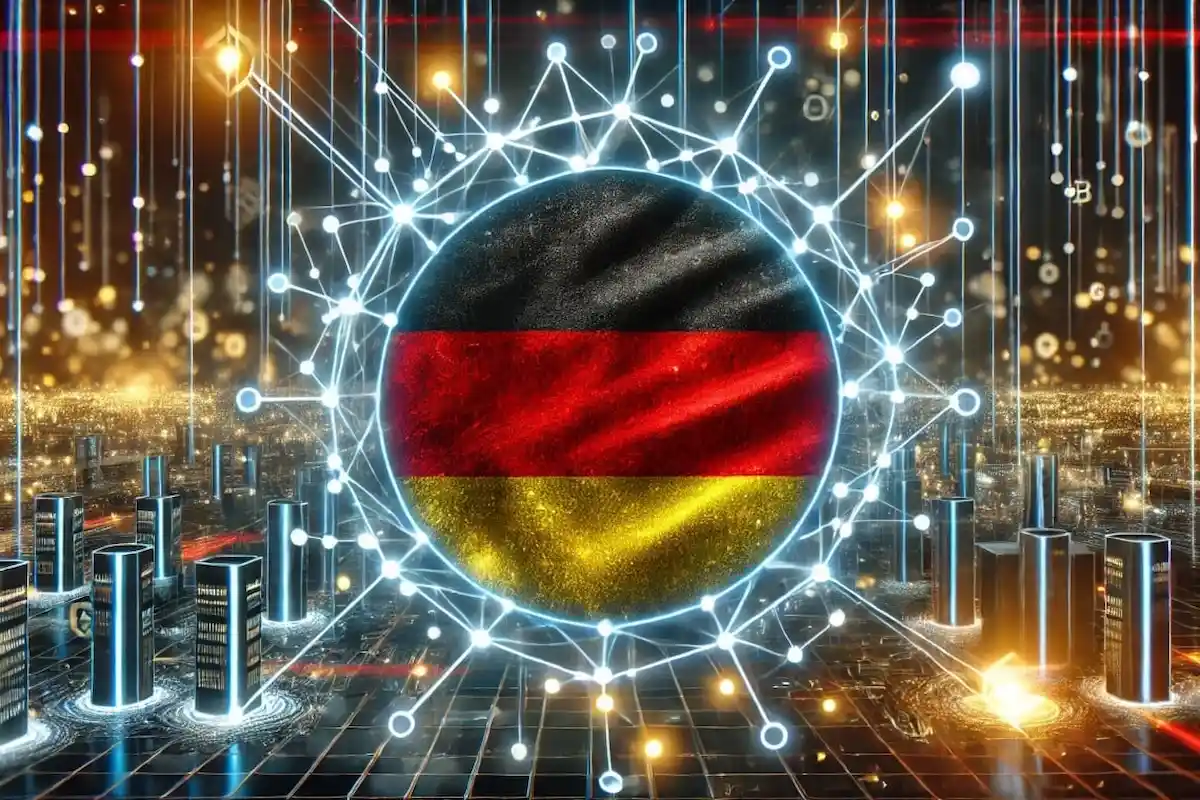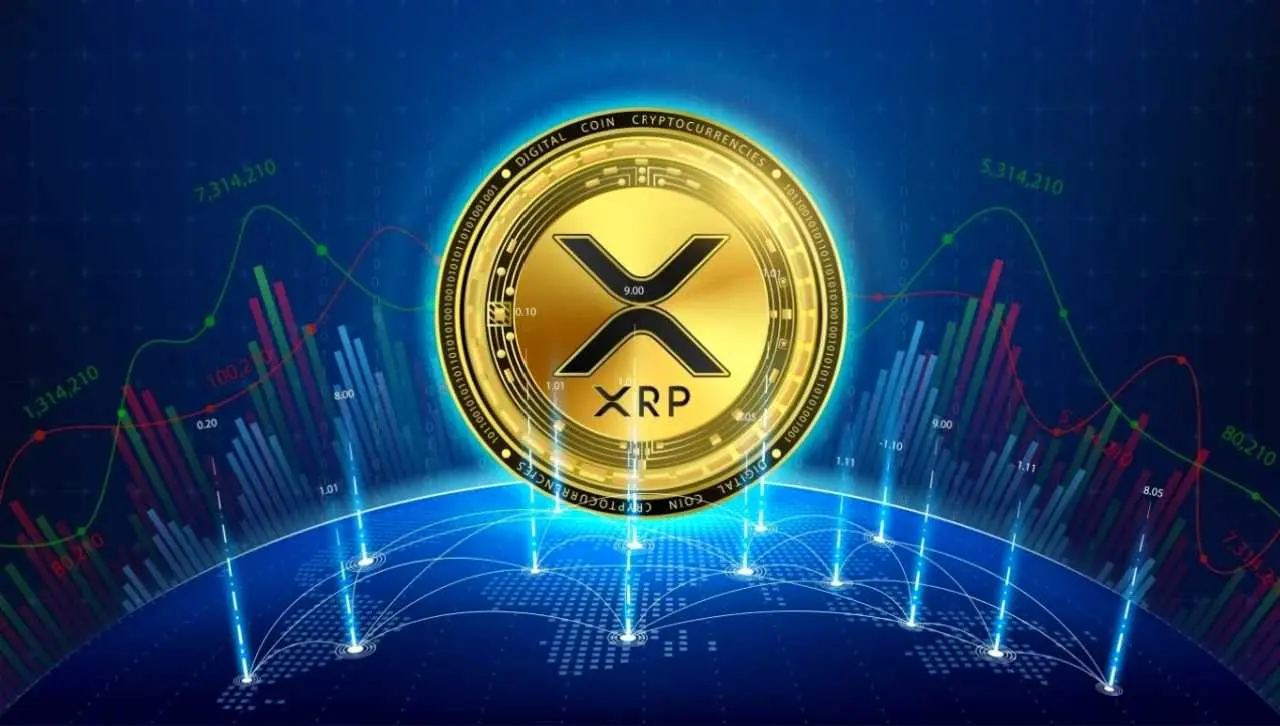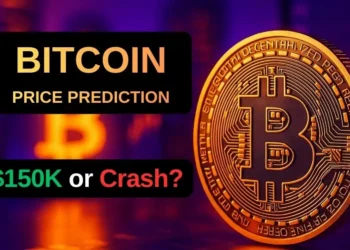Can XRP Become the Next Bitcoin? Here’s What Investors Should Know

XRP made waves in 2025, rallying alongside Bitcoin and gaining traction among investors intrigued by its potential. With Ripple’s payment technology expanding, some believe XRP will mirror Bitcoin’s long-term success. But how realistic is that vision, and what differentiates the two?
What sets XRP apart from Other Fintech Assets?
XRP is the native token used in Ripple’s cross-border payment network. It has speed, efficiency, and low fees that traditional banking doesn’t have. Ripple’s system could completely change old systems like SWIFT, which are still used a lot for international payments and can take days to finish.
Ripple lets you send money almost instantly and lowers the cost of exchanging currencies by using XRP as a bridge currency. This alone gives XRP a practical edge that makes it appealing to fintech companies and businesses around the world. If adoption keeps going, XRP could benefit from the fact that the market for global transactions is expected to reach $320 trillion by 2032.
Why has Bitcoin grown faster than XRP?
XRP is useful, but it doesn’t have the same reputation or value as Bitcoin. One big reason? People think of Bitcoin as “digital gold” because there are only 21 million coins in circulation. That lack of supply makes investors want to buy and hold for a long time.
XRP, on the other hand, has a total supply of 100 billion tokens, and Ripple Labs still owns a lot of them. Investors are wary because of that centralization and the fact that the SEC has had legal problems in the past. It looks like the worst of the regulatory drama is over, but it will take time to rebuild trust.
Is it still possible for XRP to be a good long-term investment?
Maybe, but not in the same way that Bitcoin does. Bitcoin has become more valuable because more institutions are interested in it, spot ETFs have started, and laws have become clearer that support its case as a store of value. XRP may not cause the same rally based on scarcity, even though it is useful for payment infrastructure.
XRP may seem “cheap” at $3 per token, but its large market cap means that a lot of growth is already priced in. If Ripple can grow its network, especially if institutions start using it, the price could keep going up.
Even though XRP and Bitcoin have different uses, that doesn’t mean they can’t both be in a well-balanced crypto portfolio. Don’t expect it to rise as quickly as Bitcoin did.
Also read: Tether Gold (XAUT) Market Cap Surges Amid 2025 Gold Rally
Investment disclaimer: The content reflects the author’s personal views and current market conditions. Please conduct your own research before investing in cryptocurrencies, as neither the author nor the publication is responsible for any financial losses.
Ad Disclosure: This site may feature sponsored content and affiliate links. All advertisements are clearly labeled, and ad partners have no influence over our editorial content.
- Solana Co-Founder Calls Most Memecoins and NFTs ‘Digital Slop’
- How High Can XRP Go After Hitting $3.66 Multimonth High?
- Top Crypto Gainers and Losers on CoinMarketCap Today
- Altseason Ignites but Bitcoin Still Holds the Wheel
- Solana and Moody’s Bring Credit Scores On-Chain
- Crypto Stocks Are the New Bullish Bet
- XRP Price Surges Amid Market Optimism, But Insider Activity Raises Concerns
- A 300% Spike in Selling Pressure Puts Ethereum’s Next Price Move at Serious Risk
- Is XRP Overvalued? A Closer Look at Market Metrics
- Bitcoin’s $200K Target: Reality Check for 2025
- Could Ethereum Overtake Bitcoin by Mid-August? Analyst Raises Eyebrows with Bold Prediction
- Is XRP on the Verge of a Revolutionary Breakout? Analysts Predict Unprecedented Market Dominance
Popular Story
-
Bitcoin Price Prediction 2026: $150K or Crash?
-
XRP Price Prediction 2025-2030: Can Ripple Break Above $6 After the Next Major Market Catalyst
-
Crypto Tax in India: File Before Jan 31
-
Ethereum Price Prediction 2026: Experts Forecast a Massive Breakout as Supply Shrinks & Institutional Demand Surges
-
Top 5 Altcoins to Explode in Q1 2026
Subscribe to our Newsletter
10-minute daily crypto updates to your inbox
Follow Us
Featured
- Crypto Exchanges
- Crypto Funding
- Cloud Mining Platforms
- Crypto Wallets
- Best Crypto Presales
- Best Crypto ICOs
- Telegram Crypto Channels
About
- About Us
- Contact Us
- Advertise
- Submit PR
- Authors
- Privacy Policy
- Terms & Conditions




